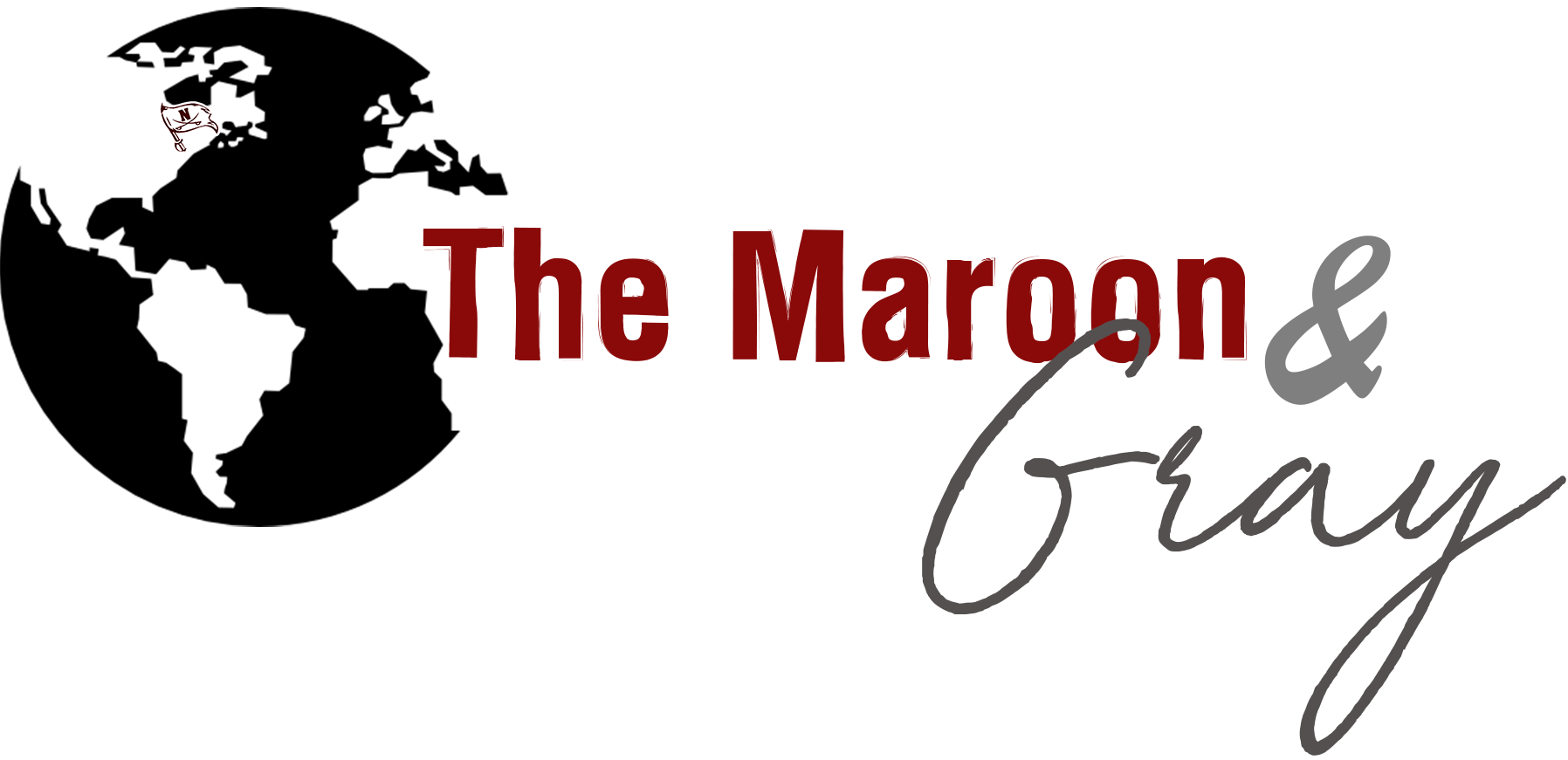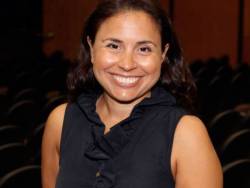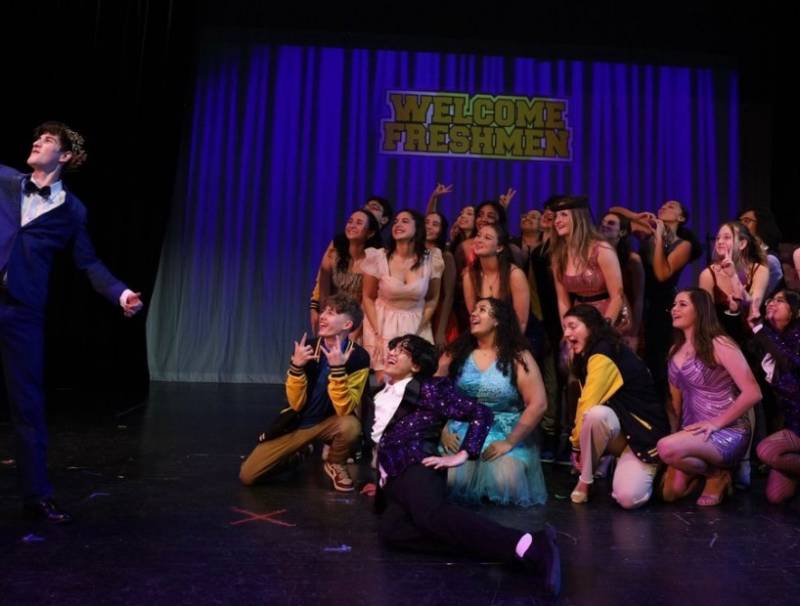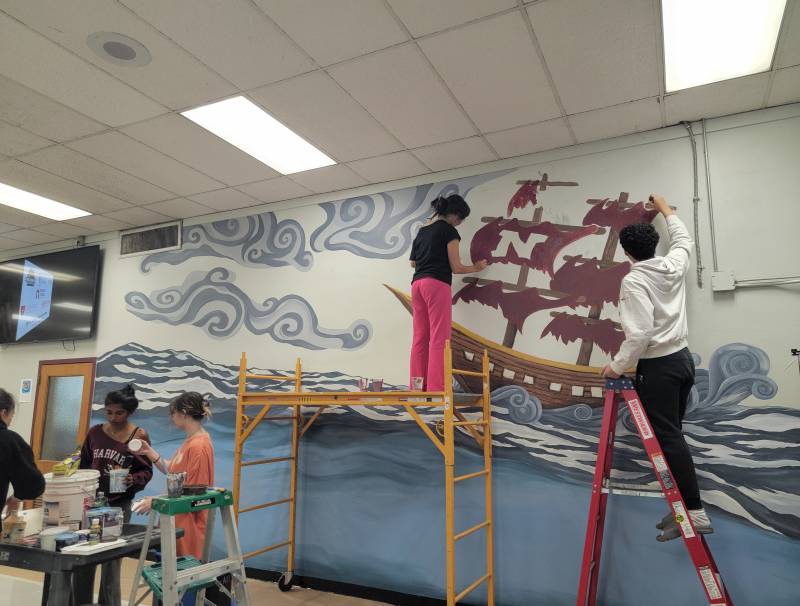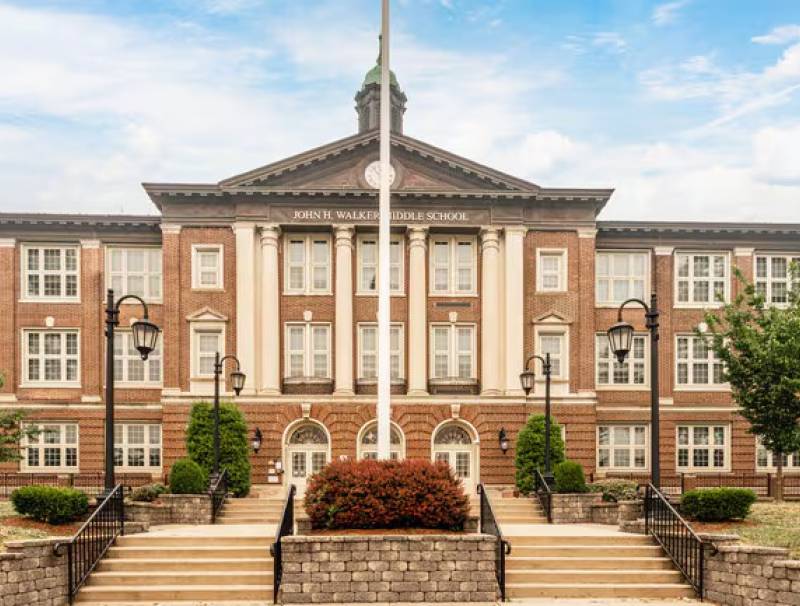Creative Writing Corner: Barack Obama Ran so Black Ariel Could Swim
What can representation do for the youth of America?
by Alexa Forcer
For as long as I could remember, my dream was to be a Disney princess: running around my house sporting a plastic pair of Cinderella’s “glass” slippers on my feet, or pretending that I was a sleeping beauty during nap time in Aurora’s beautiful pink gown. I was too absorbed in the absolute joy I felt while admiring Disney princesses to recognize how deeply flawed the films truly were. It wasn’t until I dressed up as Belle for Halloween one year, that I finally realized the resemblance was the exact opposite of uncanny. Now, it’s no secret that there had been Pocahontas and Mulan, the very few princesses that Disney created in an attempt at cultural representation. And sure, Jasmine existed too, but it seemed her movie was barely about her. It still wasn’t right.
At the age of 5, I was already well aware of the lack of diversity in not only Disney movies but in the TV shows I watched, the books I read, and the advertisements I’d see in magazines and in commercials. Everywhere. For a young girl, it was incredibly discouraging. No one looked like me.
November 4, 2008. Barack Obama wins the election, making him the first African-American to become President of the United States. For me and my family, waking up to the 44th President’s victory was life-changing. My dad teared up. My mom, though pregnant with my little brother, hugged me tighter than she had ever held me before. I can still remember the hairs on my arms rising as his inauguration beamed out from the projector in my elementary school’s auditorium. Listening to his speech, and watching that crowd full of people of different identities and backgrounds made me realize that this was one of the most revolutionary points in American history. It was one of the first times I felt a sense of pride about being an African-American.
In 2017, researchers at USC Annenberg published a report on diversity in Hollywood, which calculates the inequality in 900 popular films made between 2007-2016. The report revealed that most films completely lacked ethnic diversity, stating that out of 900 popular films, only 29.2% of the speaking characters were a part of minority groups. Data like this proved to me that I wasn’t the only one who saw this severe lack of representation in popular culture.
However, since the Obama presidency, Hollywood has seen a rise in character diversity in films aimed at young audiences. For example, movies like The Princess and the Frog showed many young African-American girls that there could be a Disney princess who looked just like they do. Other films like Marvel’s Black Panther, featured an almost entirely black cast in a story set in South Africa. Films like these have changed the standard for representation in children’s entertainment, in turn, creating a future where more kids feel accepted and appreciated in their own skin.
In the ten years since that election day, I have been lucky enough to experience a society that is beginning to value everyone for their differences. From T’Challa teaching my younger brother that he can be a hero in his own story to Tiana showing me that I can be a princess in my own fantasy to now, the live-action Little Mermaid’s Ariel, more of America’s youth will be given the gift of being able to see themselves on the big screen. However, until every child has this opportunity, there is still more work that needs to be done.
